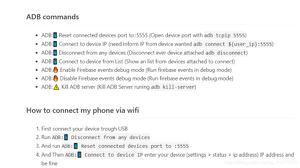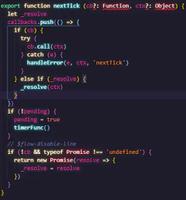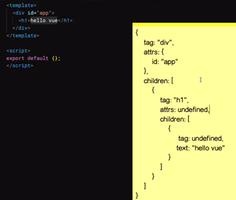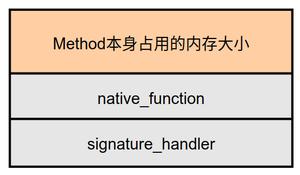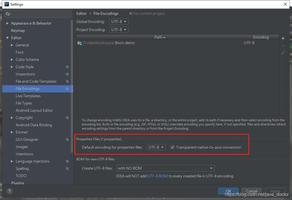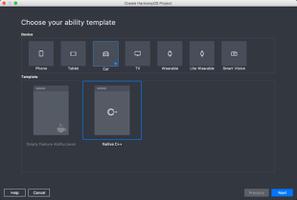React 之 render props 的理解

1.基本概念
在调用组件时,引入一个函数类型的 prop,这个 prop定义了组件的渲染方式。
2.回调渲染
回顾组件通信的几种方式
父-> 子 props
子-> 父 回调、消息通道
任意 状态提升、Context、Redux 等
而 render props 本质实际上是使用到了回调的方式来通信。只不过在传统的 js 回调是在构造函数中进行初始化(使用回调函数作为参数),而在 react 中,现在可以通过 props 传入该回调函数,就是我们所介绍的 render prop。
从结果论来说,回调的目的是渲染子组件,而渲染的外部细节需要通过父组件注入,实现了控制反转。
从目的论来说,我们的目的是组件复用。它实现 了内部细节封装,并将外部细节(通过回调函数的形式 )暴露,达到了灵活复用的目的。
3.著名应用实例:
React Router 、 Downshift 和 react-motion
4.举例说明
示例1:
依赖 props.children 渲染组件,把控制权交给上层组件,子 组件实现控制反转。
子组件
import React, { Component } from "react";export class ScrollPos extends Component {
state = {
position: null
};
componentDidMount() {
window.addEventListener("scroll", this.handleScroll);
}
componentWillUnmount() {
window.removeEventListener("scroll", this.handleScroll);
}
handleScroll = e => {
const scrollTop = e.target.scrollingElement.scrollTop;
this.setState((state, props) => {
return { position: scrollTop };
});
};
render() {
return <div className='scroll'>{this.props.children(this.state.position)}</div>;
}
}
export default ScrollPos;
父组件
import React from "react";import "./App.css";
import ScrollPos from "./component/ScrollPos";
function App() {
return (
<div className="App">
<ScrollPos>
{position => <h1>{"Awesome !".substr(0, position * 15)}</h1>}
</ScrollPos>
<div className="spacer" />
</div>
);
}
export default App;
示例2:
使用 props 传回调函数,需要多少回调就需要设置多少个 prop,比如这里 Auth 子组件既需要登录成功回调又需要登录失败回调。
子组件
const Auth= (props) => { const userName = getUserName();
if (userName) {
const allProps = {userName, ...props};
return (
<React.Fragment>
{props.login(allProps)}
</React.Fragment>
);
} else {
<React.Fragment>
{props.nologin(props)}
</React.Fragment>
}
};
父组件
<Authlogin={({userName}) => <h1>Hello {userName}</h1>}
nologin={() => <h1>Please login</h1>}
/>
5.浅比较性能优化
如果在父组件中传递 props时 使用箭头函数,每次都会生成新的函数,造成传递给子组件的 props 每次都是新的,引起子组件重新渲染(子组件继承 PureComponent 无效)。因此考虑不使用箭头函数转为使用实例属性的方式:
class MouseTracker extends React.Component { // 定义为实例方法,`this.renderTheCat`始终
// 当我们在渲染中使用它时,它指的是相同的函数
renderTheCat(mouse) {
return <Cat mouse={mouse} />;
}
render() {
return (
<div>
<h1>Move the mouse around!</h1>
<Mouse render={this.renderTheCat} />
</div>
);
}
}
* 注:这里也可以直接将 renderTheCat 这个渲染方法变成组件。类似于 下面代码中的 movies
import Movies from "./components/movies";<Route path="/movies" component={Movies}/>
注:回调的理解
以上是 React 之 render props 的理解 的全部内容, 来源链接: utcz.com/z/381311.html

